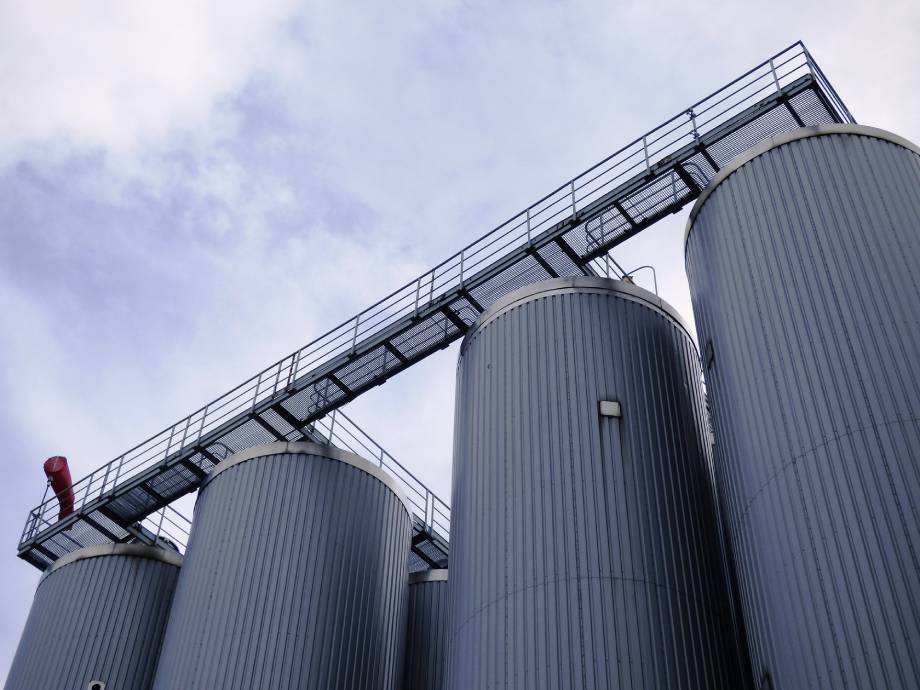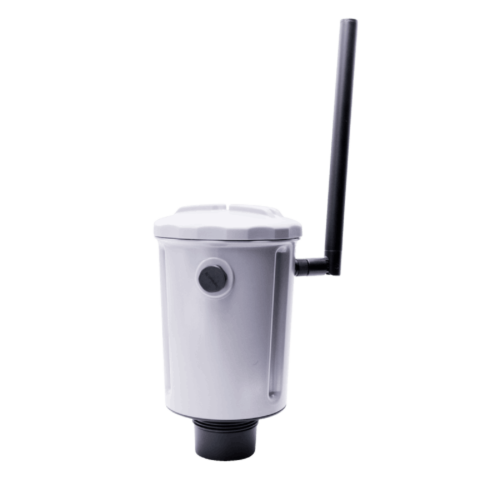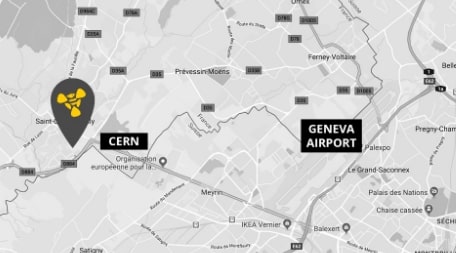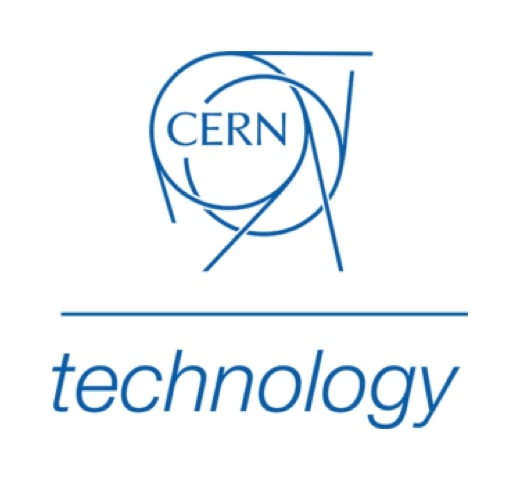7 types of continuous tank level sensors for level detection
Why use continuous tank level sensors?
When discussing level-sensing technologies, it’s important to make the distinction between continuous and point level sensors. Point level sensors only output a signal when the fill level passes a certain predefined threshold. This makes them valuable for underfill or overfill alerts, for example, but only continuous tank level sensors can provide up-to-date quantified level measurements. For this reason, continuous tank level sensors are the preferred technology for accurate stock monitoring, management and forecasting.
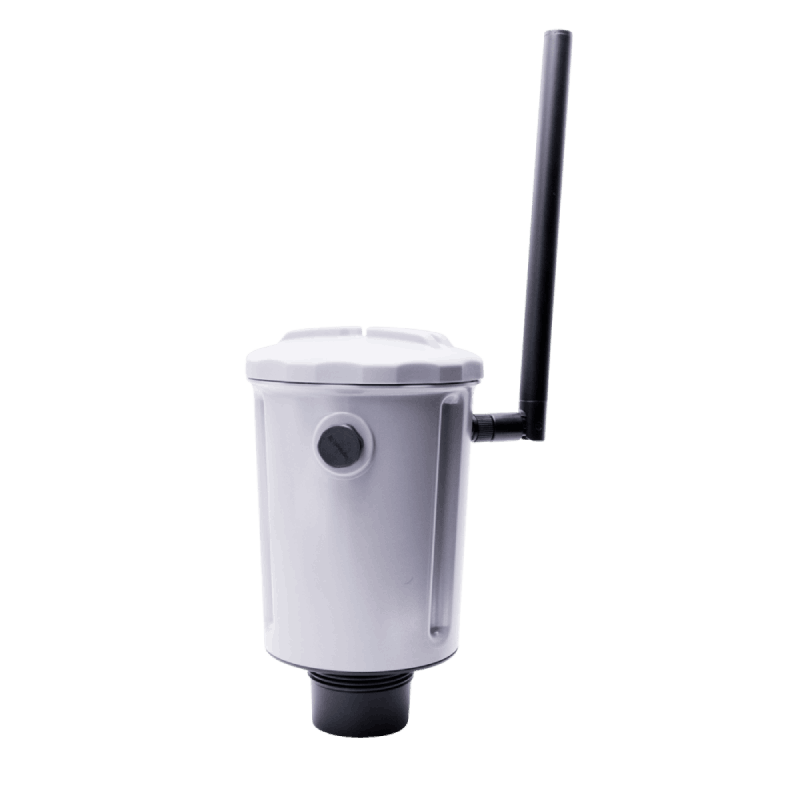
Optical Time-of-Flight (ToF)
All Time-of-Flight (ToF) level sensors work on the same principle: they emit a pulse of sound or light from the top of a container, then time how long it takes for the pulse to reflect off the surface of the stored medium and return to the sensor. With accurate timing and knowledge of the speed at which the pulse travels, the fill level of a tank or silo can be accurately measured by a single device positioned at the top of the container.
Tredecile’s LoRa Level Monitoring XL achieves this using a pulse of infrared light. Unlike other Time-of-Flight technologies, Tredecile’s continuous tank level sensors are not limited to certain applications: they work equally well with granular solids, powders, sensitive media such as foodstuffs, and liquid sensing. Tredecile’s infrared devices are efficient enough to operate entirely on battery power and transmit data via wireless LoRaWAN, making them an ideal solution for containers between 0.5 and 60 m tall.
Hydrostatic
Suitable for liquid applications only, hydrostatic sensors use pressure measurements to infer the fill level inside a tank. Because hydrostatic pressure at a given point increases proportionally to the height of the fluid column above it, a pressure sensor submerged at a known depth can accurately determine the amount of liquid above it.
While submersible hydrostatic sensors can provide a quick solution for non-sensitive media, applications involving foodstuffs or other sensitive media typically require hydrostatic sensors to be integrated into container outlet pipes, which can significantly increase costs.
Conductivity/resistance
Electrical conductivity and resistance are two sides of the same coin: both express how easy (or difficult) it is for an electrical current to flow through a given object or substance.
The conductivity (or resistance) between the top and the bottom of a container varies in a predictable way depending on fill level. This means that conductivity/resistivity sensors can be used as continuous tank level sensors.
The drawback of these technologies is that they require calibration to account for the conductivity or resistivity of the specific material being stored. This means they require recalibration if the material being stored in a tank changes in any way.
Capacitance
Capacitive level sensors work in a similar way to conductivity/resistance sensors; but instead of measuring the ability of a material to conduct a current, they measure its ability to store charge, capacitance. Capacitive sensors face essentially the same limitations as conductivity/resistance sensors, with the exception that they can be non-invasive.
Float
Float level sensing is often thought of as a point level technology. However, continuous float sensors do exist. These rely on a float (often magnetic) that rests on the surface of a stored liquid; and a sensor that detects the position of the float. Float sensors are inherently invasive and only suitable for liquids.
Ultrasonic
Another ToF technology, ultrasonic sensors, measure the time taken for a pulse of high-frequency sound to reflect off the surface of stored media. Continuous tank level sensors based on ultrasound ToF are non-invasive and have low power requirements; however, ultrasound ToF is typically slower, less accurate and shorter-range than optical ToF systems.
Radar
Radar sensors are among the most precise and accurate types of continuous tank level sensors, and work well with a wide variety of media, including sticky and foaming substances. However, this precision comes at a cost: radar sensors typically have a very high initial cost.
Tank level sensing solutions from Tredecile
Benefit from Tredecile’s deep expertise in sensor electronics, mechanical engineering, and software development to deploy sensing solutions and address your tank level monitoring application needs.
From wireless, self-powered IoT devices to cable-based sensors with industry-standard protocols, consult with our experienced team to find a suitable solution for your project.



